Need a "lock valve" to control the accuracy of land valuation results
On the morning of January 15, continuing the 5th Extraordinary Session, the National Assembly discussed in the hall a number of new contents or different opinions of the draft Land Law (amended).
Giving further clarification on some contents of the draft law, National Assembly Deputy Nguyen Hoang Bao Tran ( Binh Duong delegation) highly appreciated the work of absorbing and revising important contents of the Drafting Committee and the explanatory report of the Economic Committee.
Comments at Clause 5, Article 158 of the draft law stipulate that "Land valuation methods at Point c on the surplus method in land valuation are implemented by taking the total estimated development revenue minus the total estimated development cost of the land plot".
The delegates recommended that the drafting committee not prescribe the surplus method in land valuation for the following reasons:
Firstly, there are many methods of land valuation but land valuation by different methods gives similar results for that plot of land.
However, the results of land valuation when applying the surplus method are made on the basis of assumptions and estimates, and the level of reliability is not high for areas with limited actual information and revenue costs as a basis for estimation.
In addition, the value of the land plot has the potential to increase over time due to historical processes, commercial activities and other activities on that land plot itself.
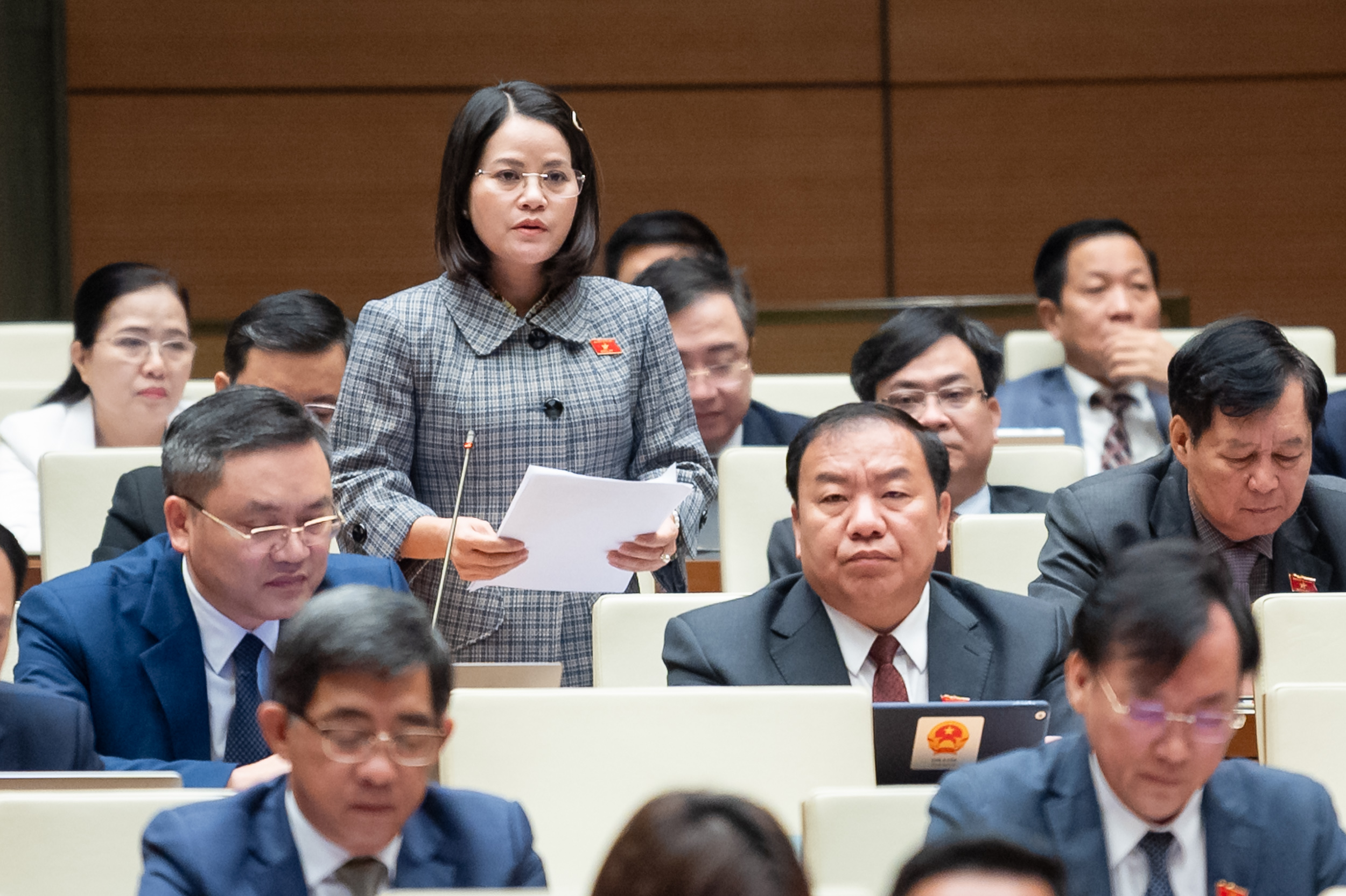
National Assembly Delegate Nguyen Hoang Bao Tran.
"However, determining the value to always increase gradually is unreasonable because the value of the land plot can go down when the economy is in recession or facing unfavorable factors. For example, currently, the real estate project market is almost frozen, so this method cannot accurately measure risk factors and adverse impacts on the economy," Ms. Tran commented.
Second, the calculation of the above assumed factors is very complicated, the valuation results are uncertain, inaccurate, and have large errors.
According to the delegate, for the same plot of land, if we only need to change one indicator in the assumed factors, the valuation result will also change. This is the main cause of difficulties and delays in determining, appraising, and deciding on specific land prices in the past, and each person's understanding is different in different circumstances and times.
In addition, according to the delegate, although the surplus method is stipulated in Decree No. 44/2014 of the Government and Circular No. 36/2014 of the Ministry of Natural Resources and Environment, over time, the implementation has encountered many difficulties and problems. The factors for estimating the total revenue and total assumed development costs of real estate projects are estimated based on investigation, survey, and collection of information on transfer prices, rental prices, and factors forming revenue and costs of projects with similar characteristics to the project to be valued.
The factors that form revenue and costs are still generally regulated, without specific standards, norms or criteria, so pricing work is still difficult.
In addition, the investment project description is one of the important documents that serves as the basis for using data applied in the surplus method of project implementation progress, business progress, and investment capital rate, in which these indicators play a decisive role in the valuation results.
Currently, the investment project descriptions are very sketchy, lacking information, data or supporting data. In the context of incomplete price databases, land databases, including land price data, and the land use rights market not yet fully developed and transparent, the removal of a land valuation method also needs to be carefully considered in terms of feasibility to ensure that it does not cause congestion in the implementation of land valuation.
"In case it is necessary to retain this method, there should be a "lock valve" to control the accuracy and appropriateness of land valuation results," delegate Tran suggested.
In addition, currently in the work of compensation and land recovery, land recovery is actually being done to carry out projects and works of dredging streams, ditches, canals, and ditches, but the Land Law and decrees and circulars guiding compensation and site clearance have not yet regulated this work, so this work faces great difficulties because people do not agree and have repeatedly petitioned, even complained about the State's compensation decisions for a long time, causing difficulties in site clearance. Therefore, the delegate suggested reviewing this content.
Unleashing land resources
Giving comments to complete the draft law to unlock land resources for the country's overall development, delegate Nguyen Thi Ngoc Xuan (Binh Duong delegation) raised the opinions of many businesses in Binh Duong province on the conditions for implementing commercial housing projects and agreements on receiving land use rights transfer at Point b, Clause 3, Article 122 and Point b, Clause 1, Article 127.
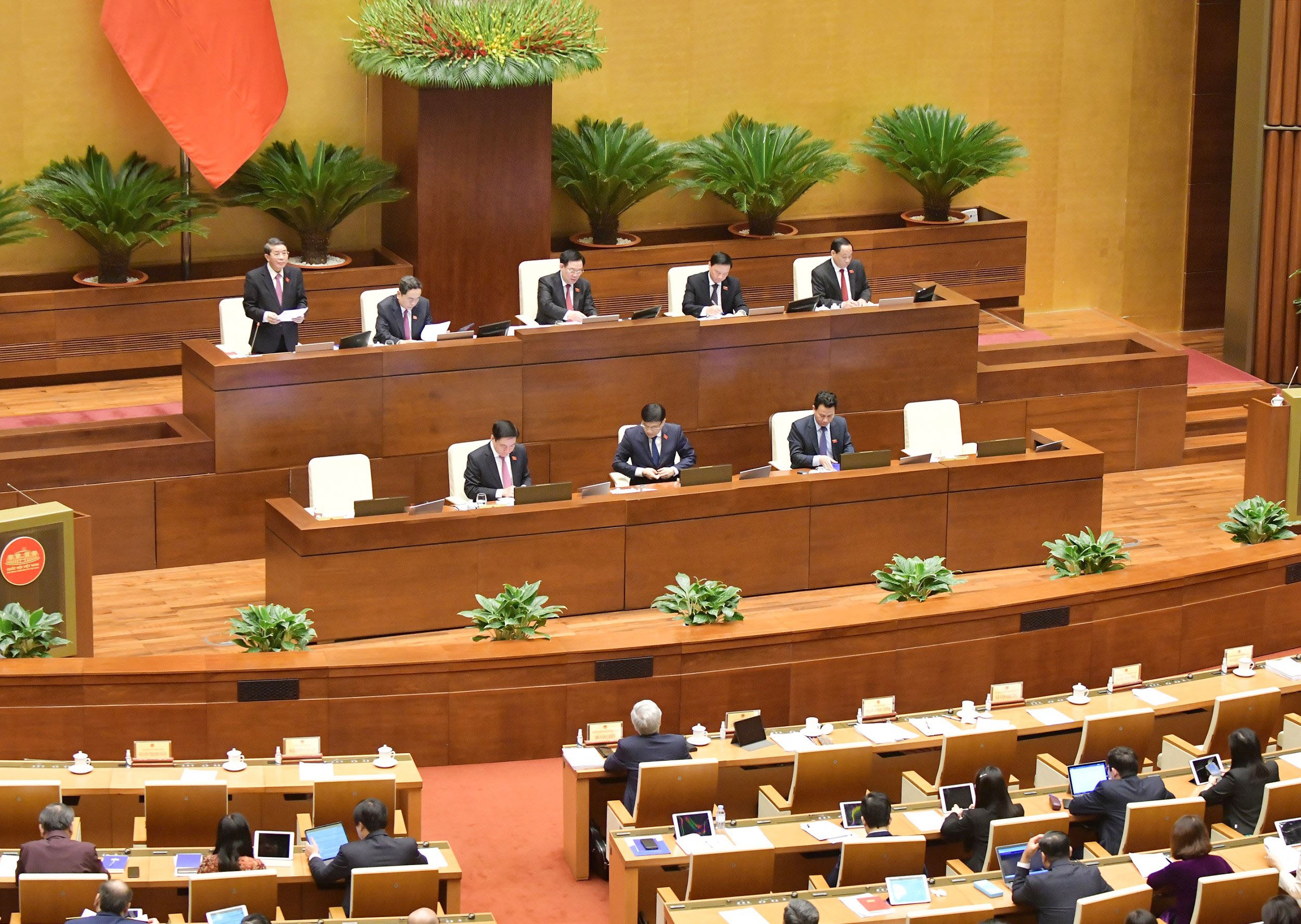
Vice Chairman of the National Assembly Nguyen Duc Hai chaired the meeting.
Delegates proposed that it is necessary to add other land cases if they are consistent with the approved planning, and requested the National Assembly to carefully consider and vote on this provision separately or assign the Government to pilot it for 5 years, then summarize and report to the National Assembly.
The reason, according to the delegate, comes from previous practice, the State called for investment and economic development, many people and businesses wanting to do business accepted to hand over different types of land to the State, including residential land to be leased back for production and business, creating jobs, contributing significantly to the local development process.
Up to now, when the State changes the planning, wants to renovate and beautify the urban area, there needs to be a priority mechanism to give them the opportunity to continue investing and developing on the land that they have preserved and produced and done business for many generations.
On the other hand, our State has enough basis to clearly determine the origin of the enterprise's land. If the origin of the land before production and business is the enterprise's own (due to inheritance, donation or transfer), then this issue needs to be thoroughly studied.
In addition, delegates recommended that it is necessary to soon amend and perfect legal regulations on tax and finance to harmonize the benefits from converting other land use purposes to residential land to implement commercial housing projects for three groups of subjects: land users, investors and the State, so that the State can redistribute benefits proportionately to the land users themselves and invest in local socio-economic development projects .
Source



![[Photo] Binh Trieu 1 Bridge has been completed, raised by 1.1m, and will open to traffic at the end of November.](https://vphoto.vietnam.vn/thumb/1200x675/vietnam/resource/IMAGE/2025/10/2/a6549e2a3b5848a1ba76a1ded6141fae)




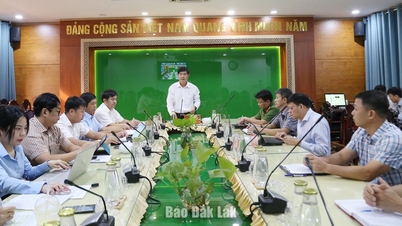

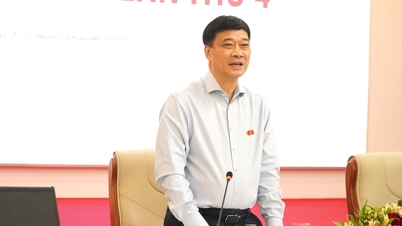



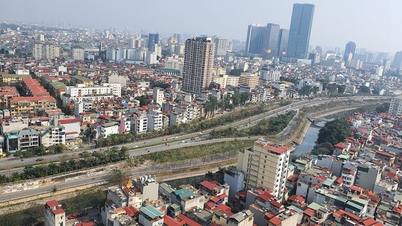
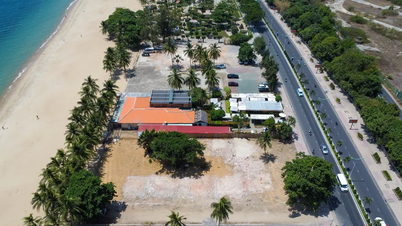

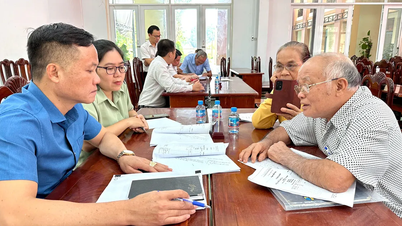















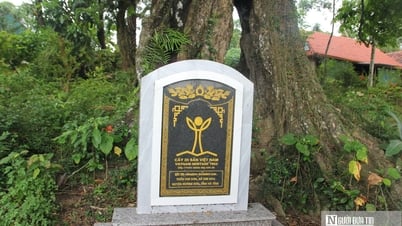
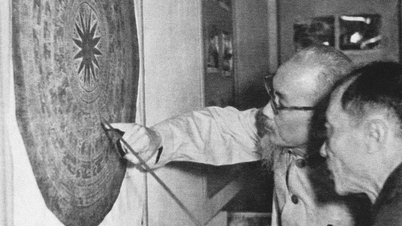



































































Comment (0)